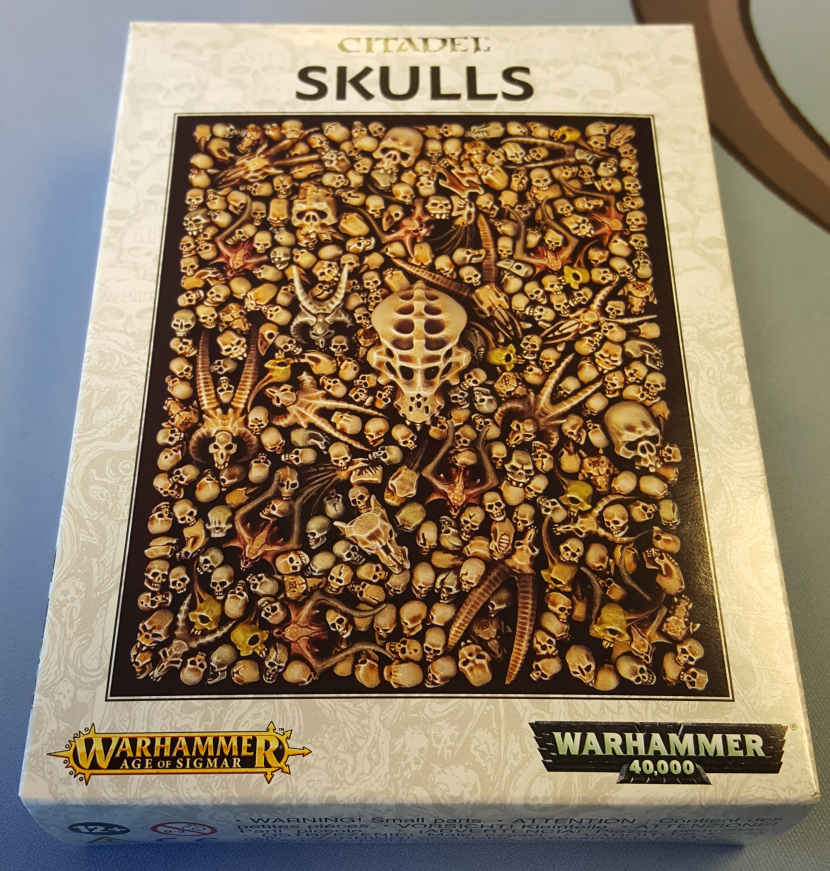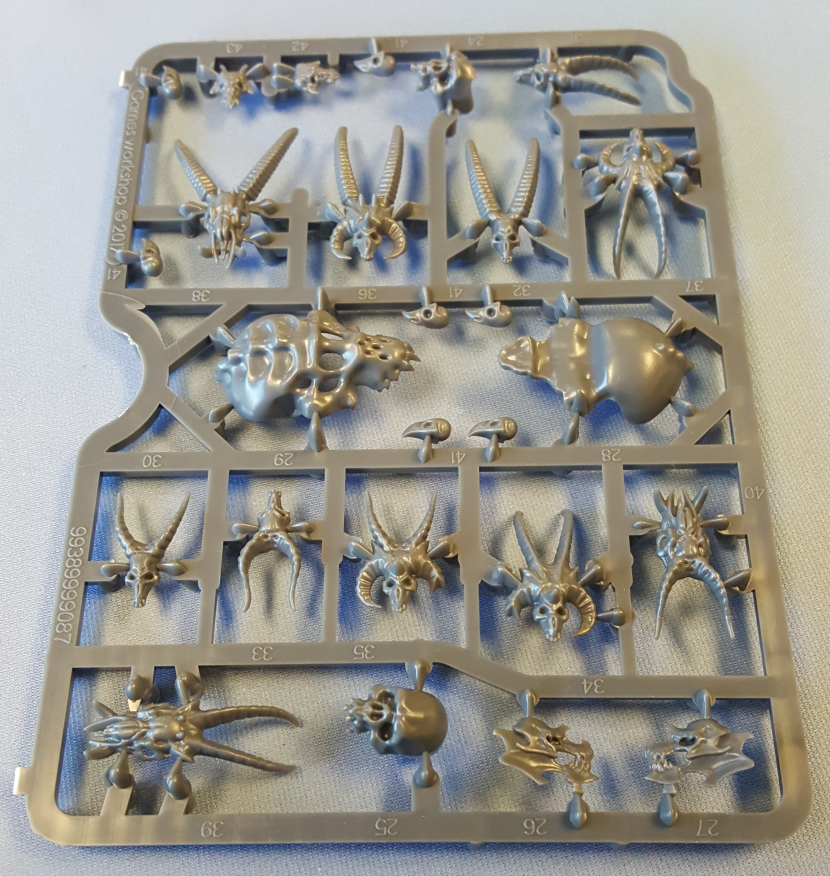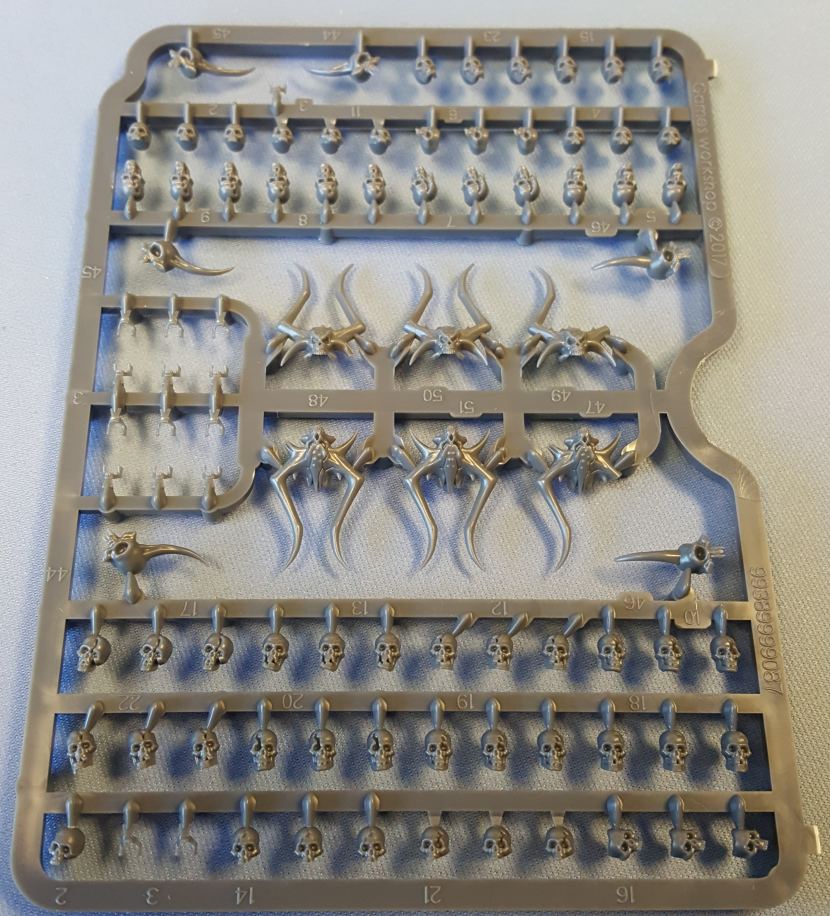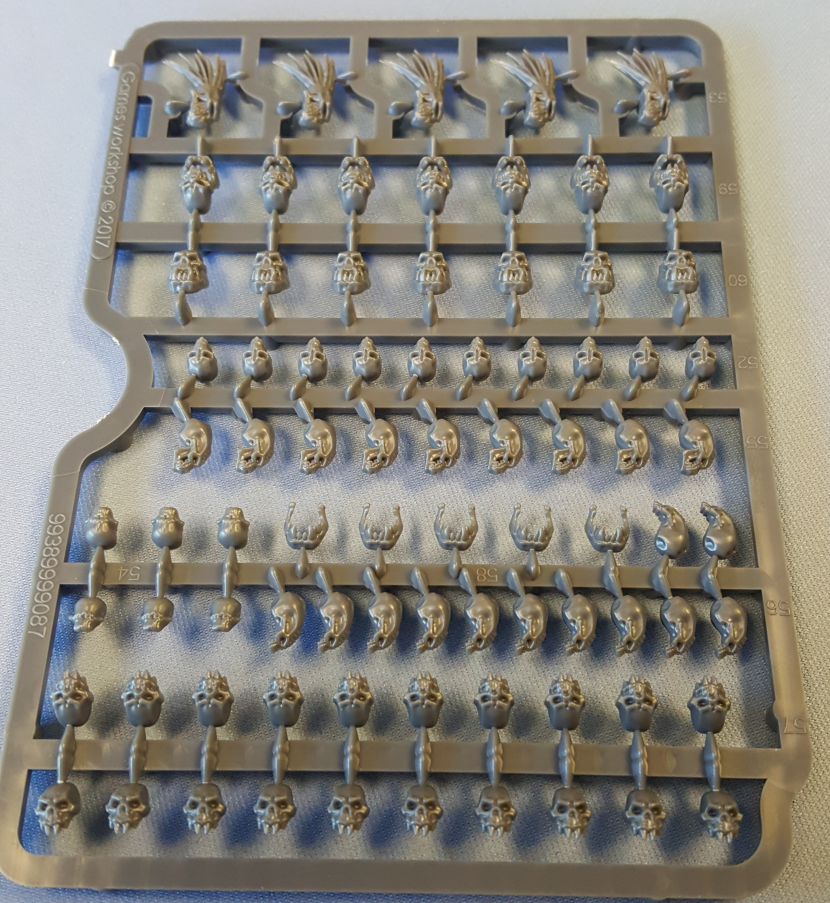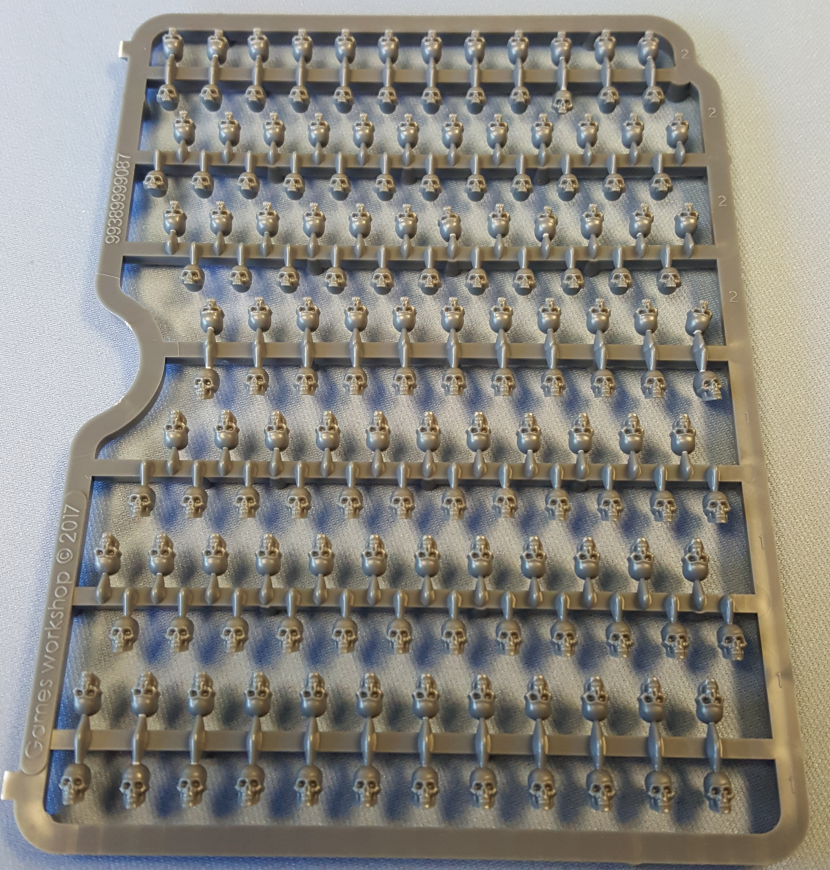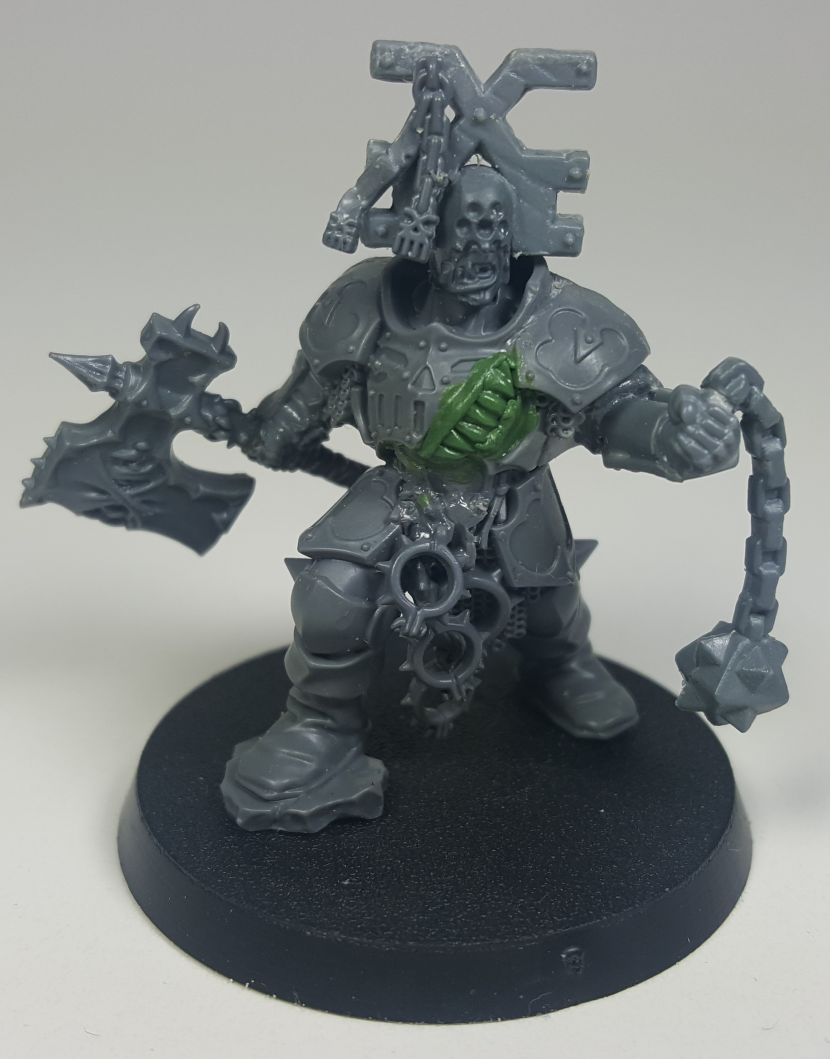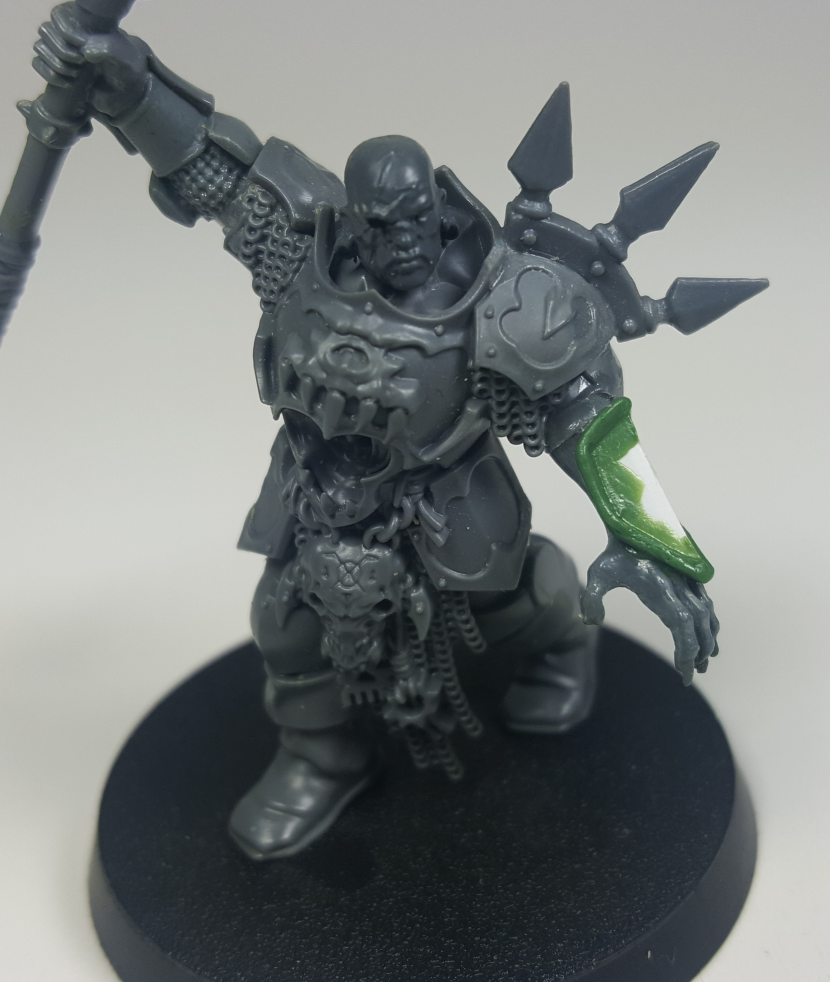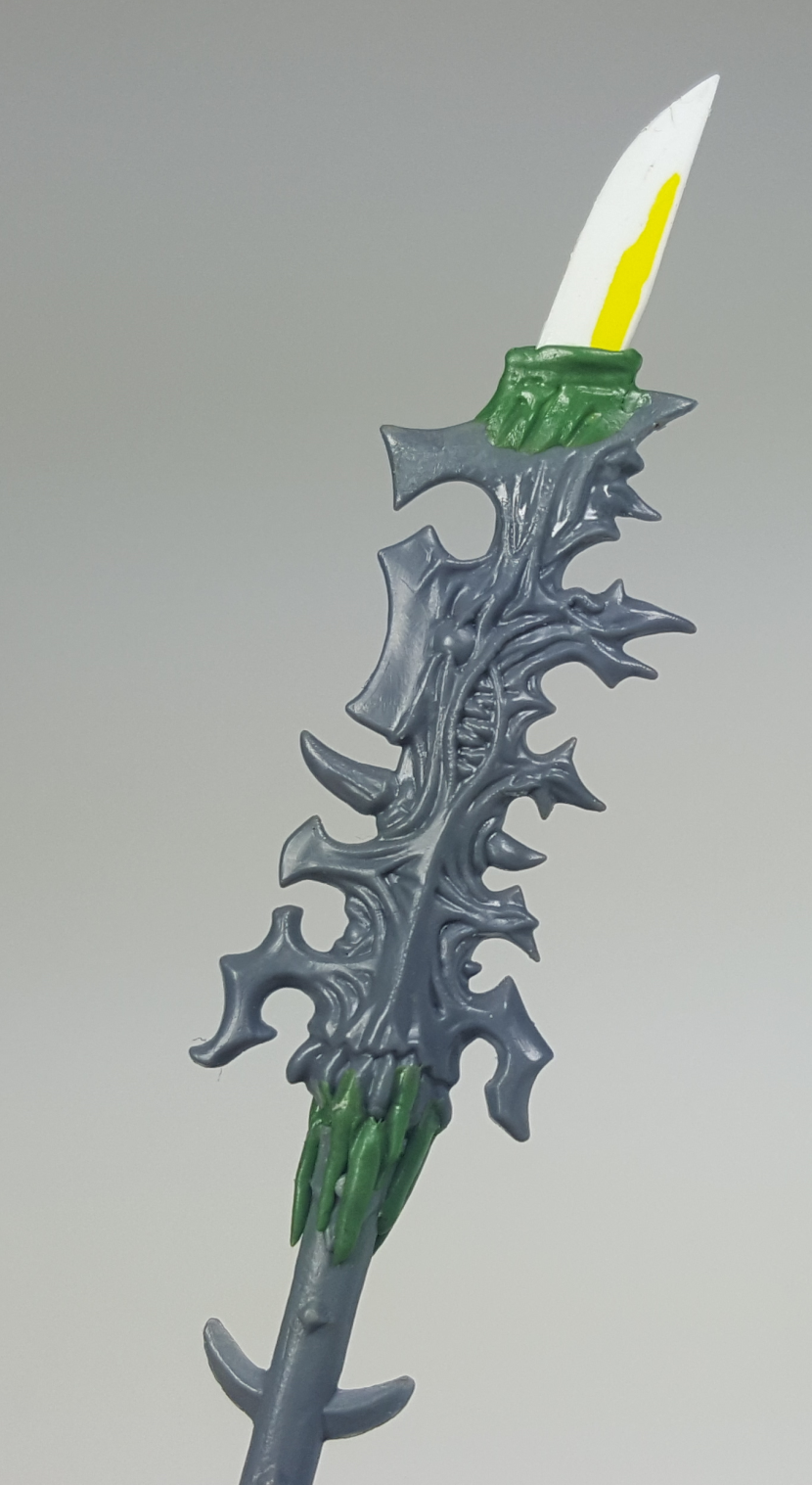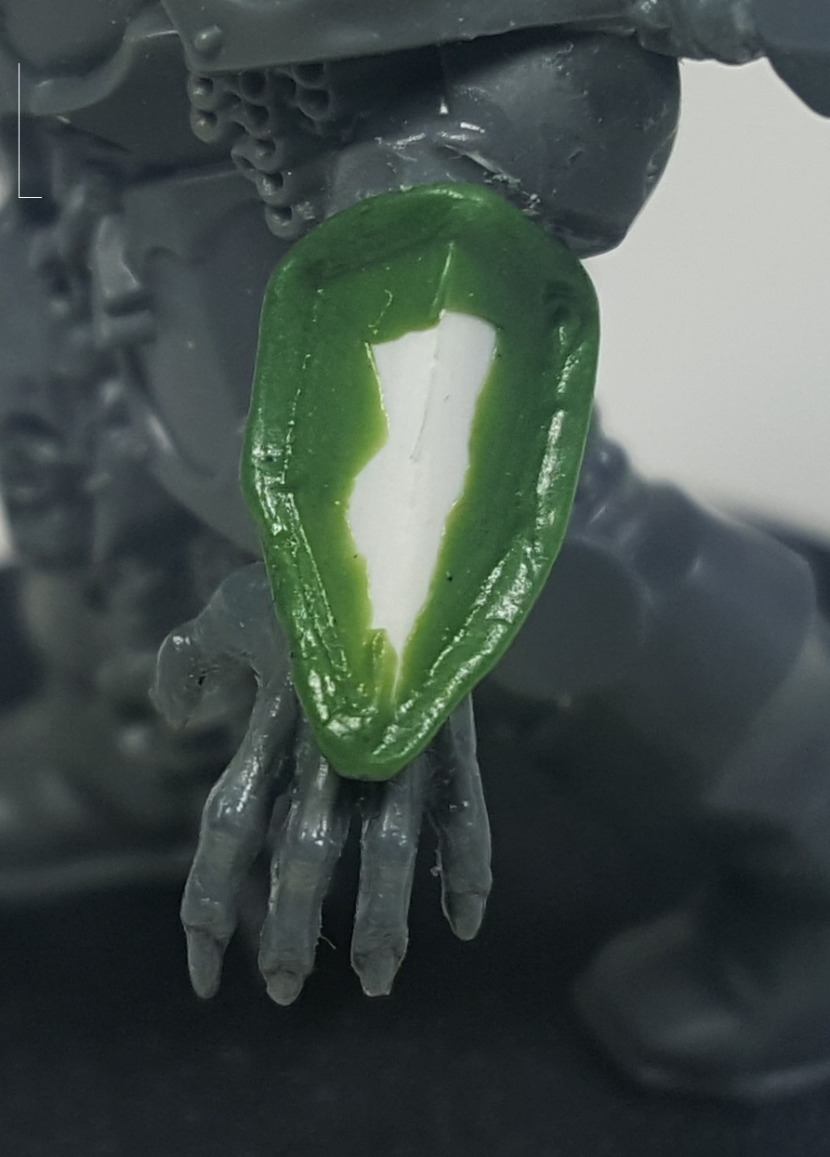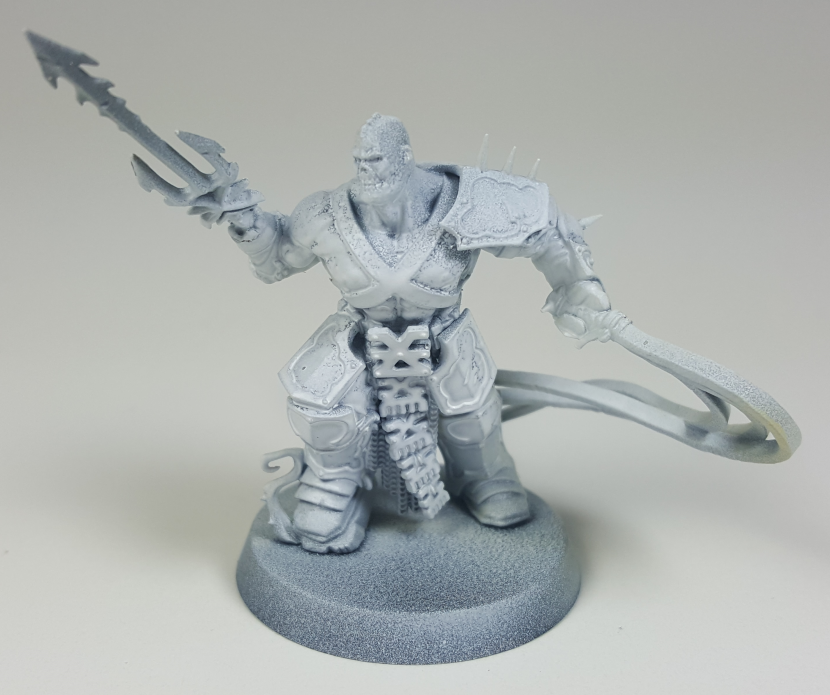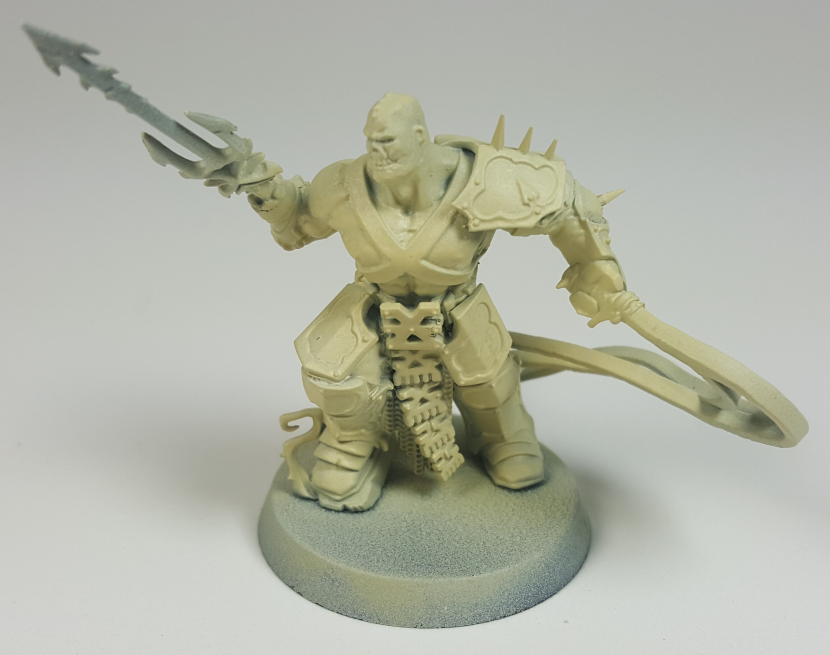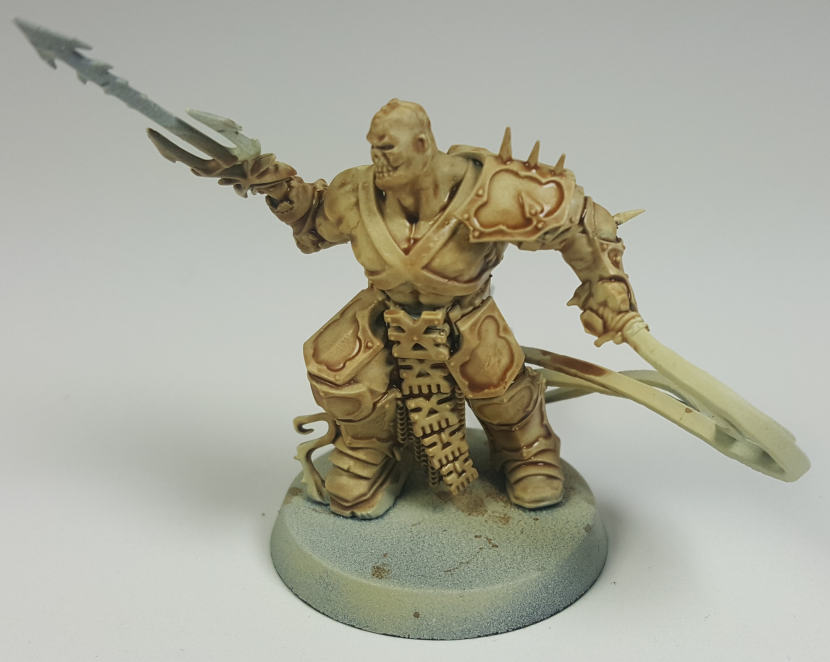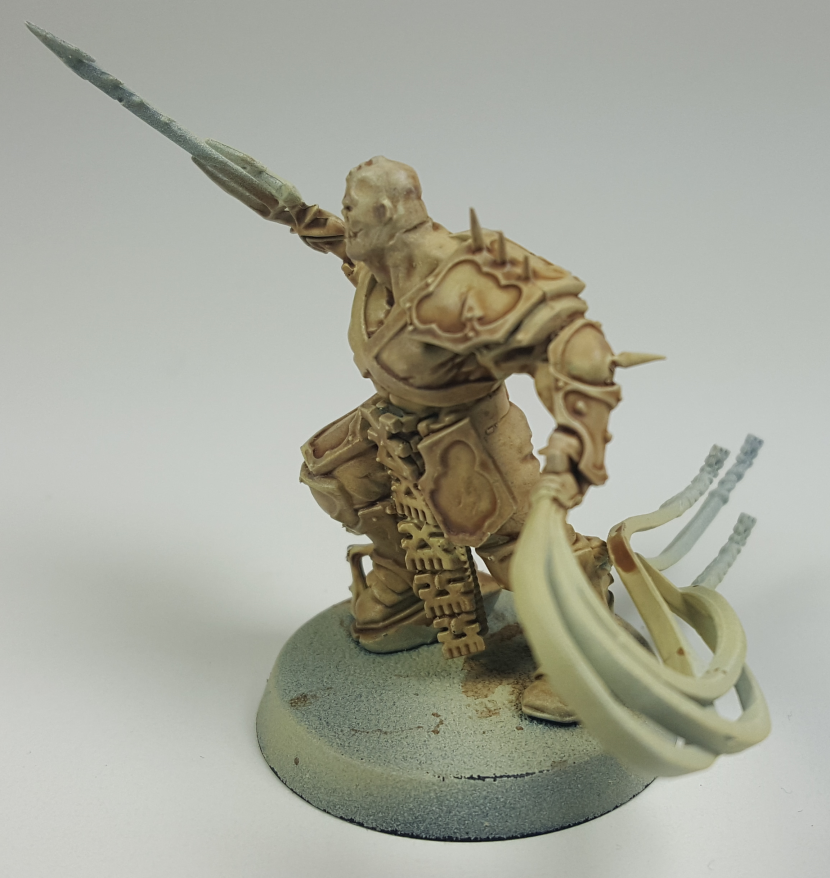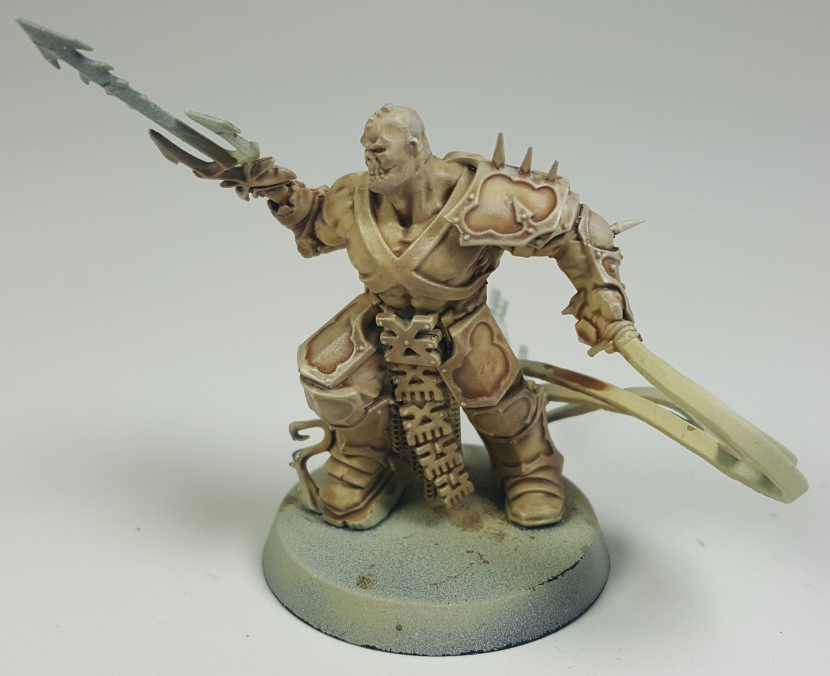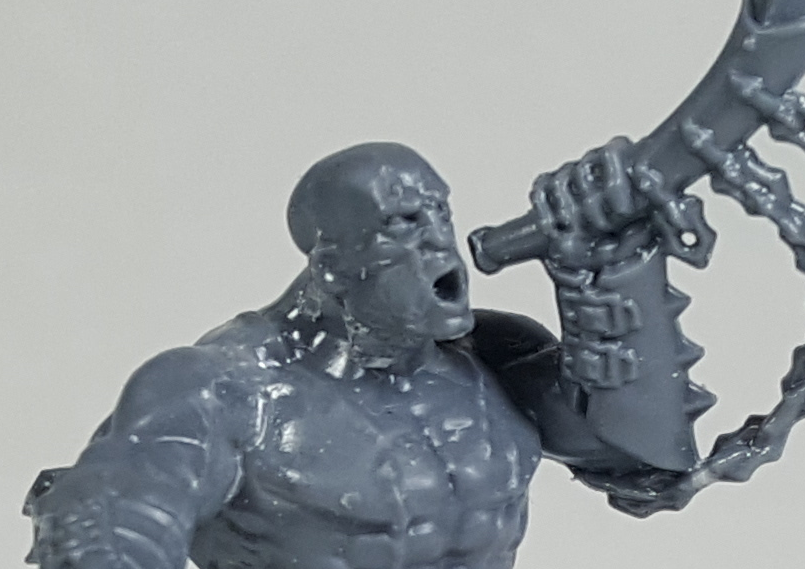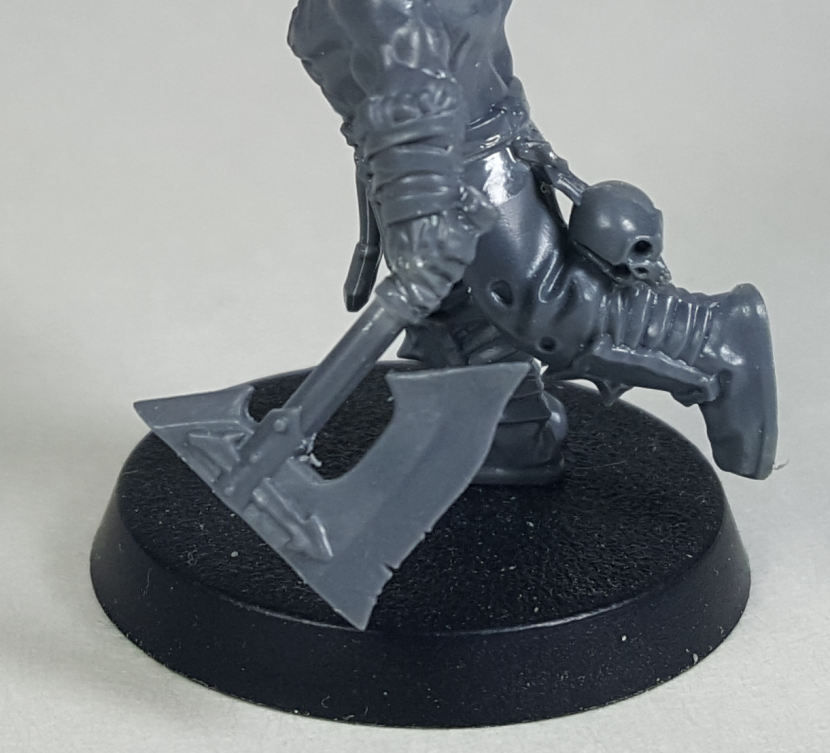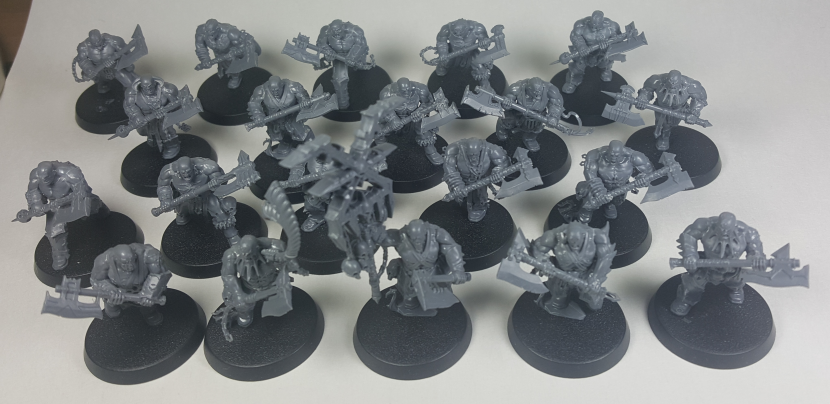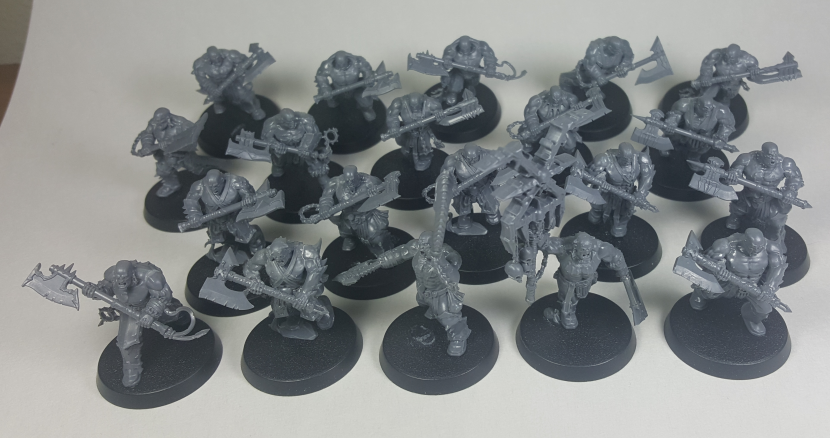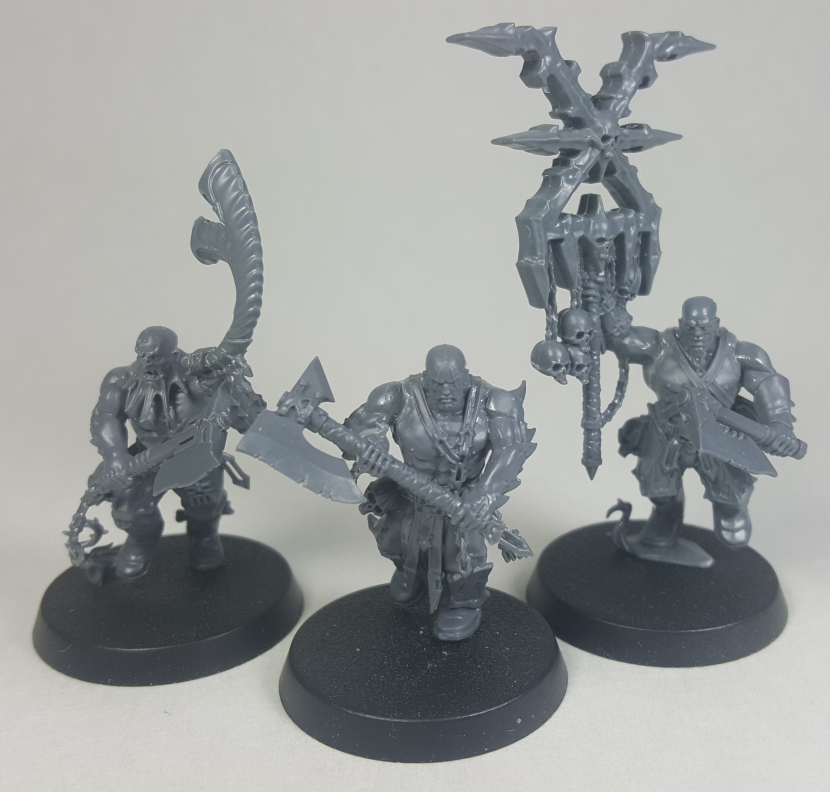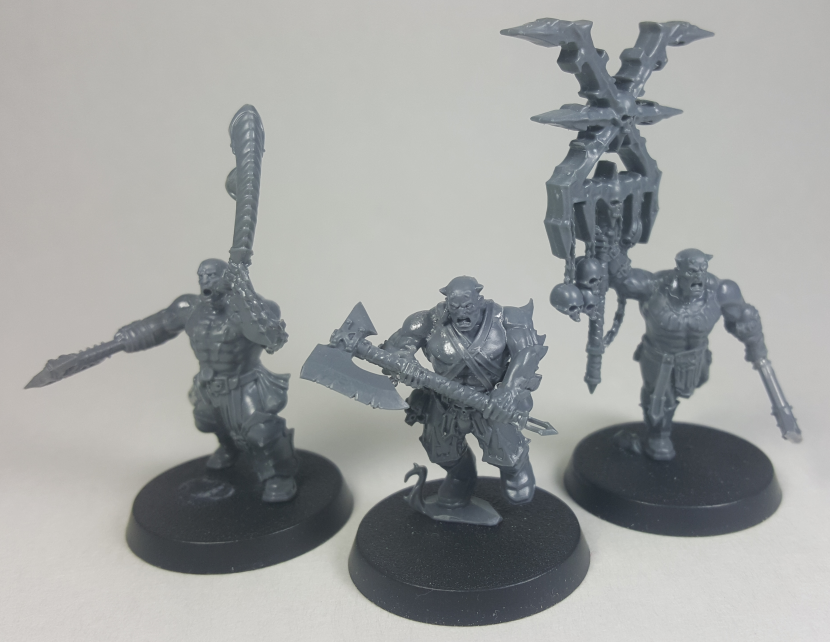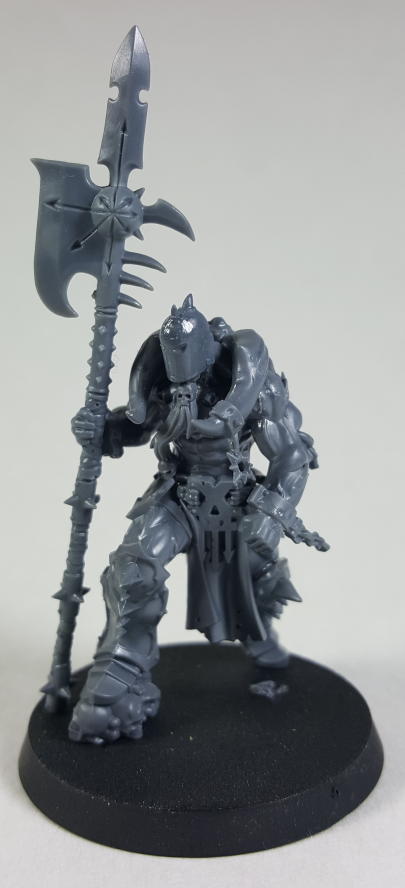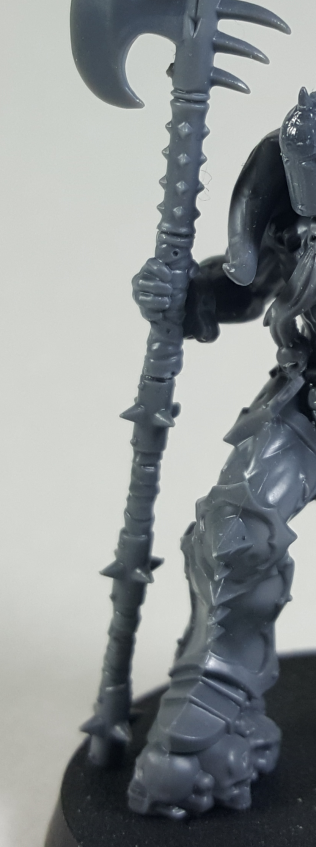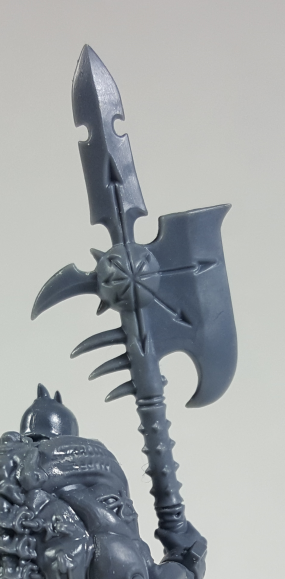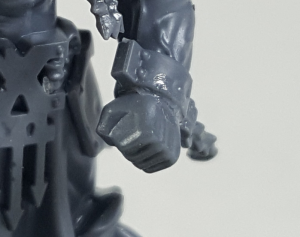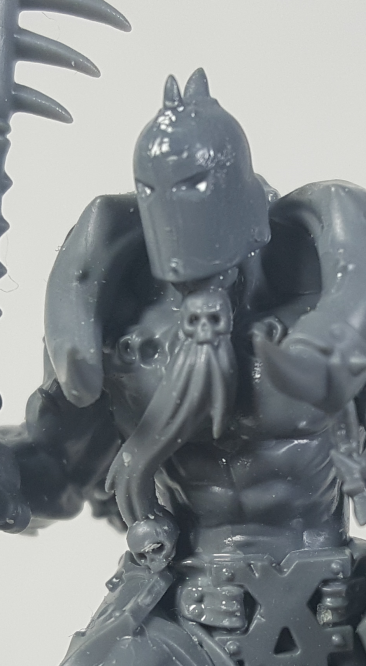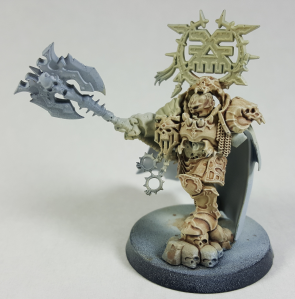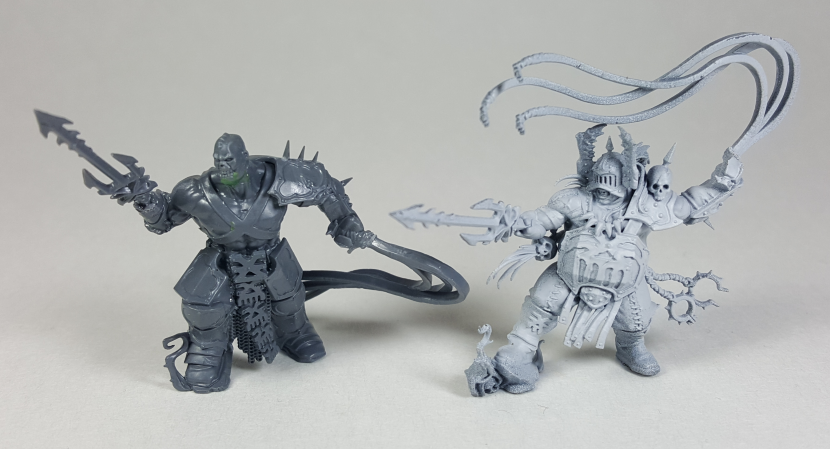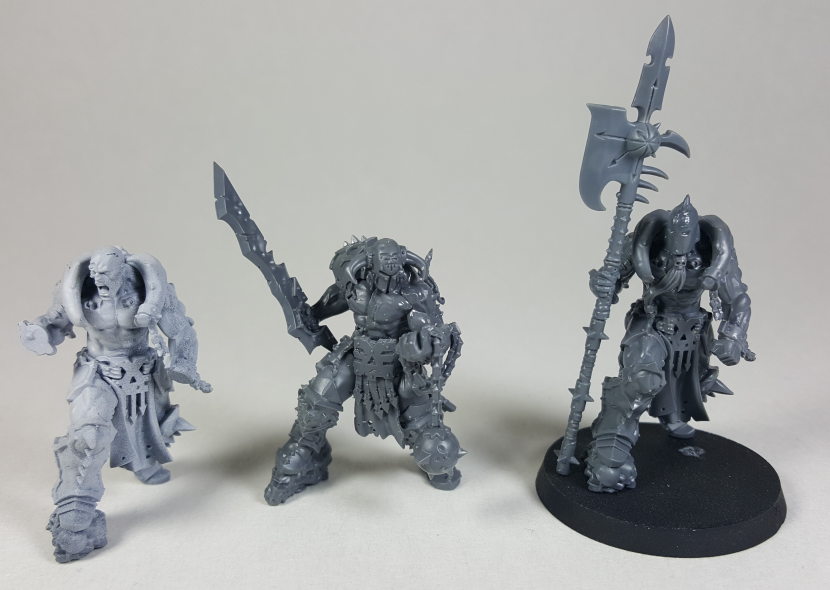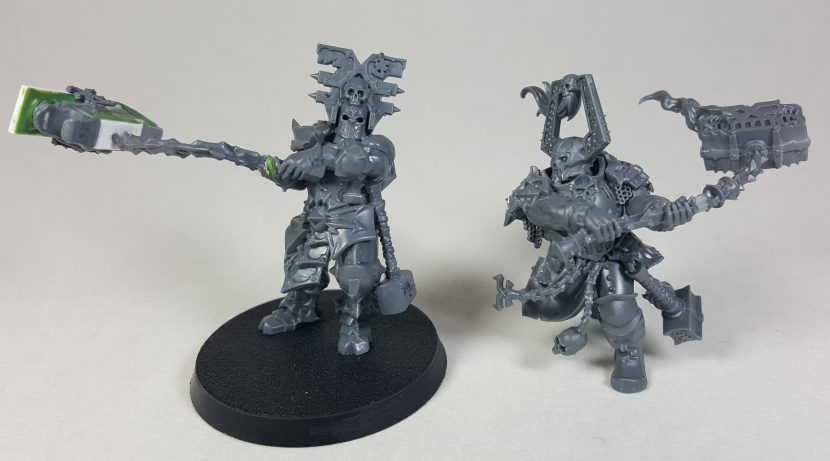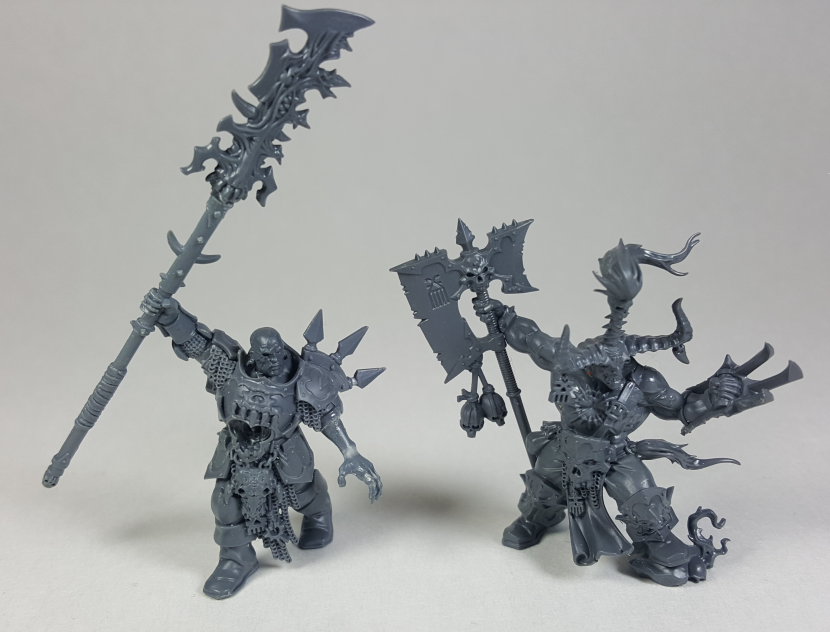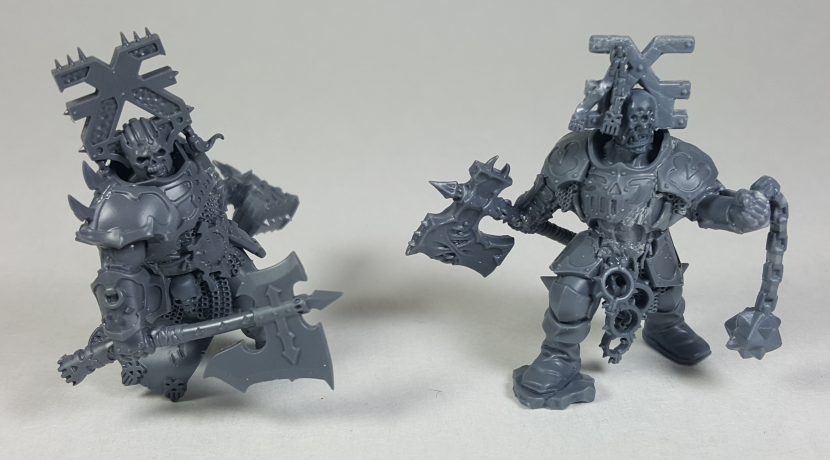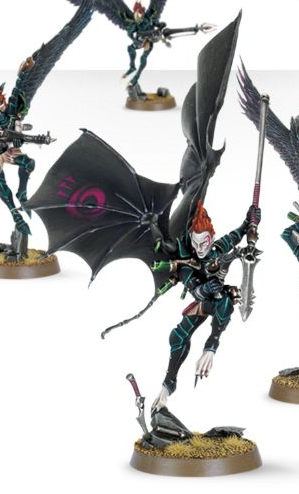A Use for Skulls
There are a lot of conversion opportunities presented in the Citadel Skull kit, so many that no one person can come up with all of them. That’s the beauty of our hobby, there doesn’t seem to be an end to the possibilities we can come up with.
There are a lot of different types of skulls in this kit, so I’m not going to be talking about the Human and Ork skulls more than a mention here and there.
I’m currently working on a Nurgle Daemon army, and fortunately I’m building the Plaguebearers at the moment. The Plaguebearer skulls present a wonderful new bit to use in their construction. I plan on taking a couple of the skulls and carving out the back so they will fit on the necks of the daemons. After compairing them against the regular Plaguebearer heads the skulls are much smaller and will take some serious bulking out to look ‘correct’ on the bodies.
The skeletal nature of the skulls will be perfect for creating Plaguebearers that look like the flesh of their faces has sloughed off due to various skin diseases. Adding some Greenstuff to the skulls will add variety to the new heads.
A specific conversion that I’m looking forward to completing is a mostly skeletal face with a distended mouth gurgling the praises of Grandfather Nurgle. I can use one of the lower jaws from the human skulls as the lower structure of the mouth.
Another thought is to use one of the lower jawbones for the ork skulls instead because of the larger teeth. I like the idea of a horribly overgrown and deformed lower jaw that is slowly tearing the disease weakened skin and muscles away from the rest of the skull jaw with it’s weight.
Whichever I end up using I will have to strengthen the connection between the jaw and the skull with some wire which will also give additional strength and contact points for the Greenstuff.
Moving on to other skulls in the collection, the Bloodletter skulls offer some of the same kinds of opportunities. These will take a bit more work to build up the back of the Bloodletter heads as most of those are missing on the skulls, but the effort will be worth it to have a few skull faced horrors mixed into a unit of ‘normal’ daemon warriors of the Blood God.
We also cannot forget the chance to use these skulls as decoration for armor. I mentioned this use in my last Bonelords progress blog post. I plan on using one to decorate some of the bear plasticard armor on my converted Exalted Deathbringer with Impaling Spear.
The Beastmen skulls are a great resource for one of the more common conversion styles found in the AoS28 community, building hybrid skeleton/Nurgle/dryad warbands for Hinterlands and AoS Skirmish. Most of them are too large to look convincing on groups of skeletons, but that’s never stopped a good conversion before. The skulls will also make great decorations for the now very powerful Herdstones of a Beastman army as well.
With some work the Kroot skulls could be used to make Tzanngor skulls. The spines would need to be cut and shaved down a bit as feathers aren’t made of bone and are held on a body by the skin, but some of the Tzanngors have spines growing out of their bodies, so that might not be such a big issue.
You could also use the bird skulls from the kit to make some Tzanngor skulls as well. If you were able to source a bird skeleton you could use them to make animated bird skeletons. They would also make for interesting heads for warpicks, warhammers, or other weapons.
The Tau skulls present less of a use for us AoS players, but the uses for 40k armies are obvious. Base scatter, kill decorations, objective markers, or even a helmetless Tau body sprawled out in death are excellent uses. You could even use the skulls to make servoskulls for a very radical inquisitor, or maybe as the head of a servitor slaved to the will of a Heretek Adeptus Mechanicus Magus.
The Tyranid skulls have the same possible uses as the Tau skulls. I plan on using at least one of them as the head of a leader of a Death unit that I’ve been working on off and on. I will of course shave off the crest bone of the skull before adding them to the leader of the unit.
The Ur-goul skulls present a bit of a challenge as the details are sadly not very well defined. If I use these for a project, I will be using a very small drill to deepen the nasal holes on the skulls. They would make effective bases for building your own Ur-gouls if you were able to strategically use Greenstuff to soften the sharp edges of the skulls and complete the missing nostrils. They’re missing their lower jaws, but the human jawbones could be used to fill in for the missing parts.
The Morghast skull is extremely detailed and could make for some absolutely amazing Death conversions. I can see the skull being used for a head on Daemon Princes or maybe even 40k Dreadnoughts.
The same could be said for the Giant skulls. They could be used as heads for all kinds of machines, monsters, etc. I’ve seen some really cool uses to create Giant zombies. Using them as the head of a Nurgle chaos Giant could also be very interesting with enough Greenstuff work.
The massive skull is one that is kinds stumping me. It could be used as the head of a massive undead or Nurgle beast. I could also see it in use for some kind of Khorne project. It strikes me that the top portion and facial area of the skull could be used to decorate a chaos chariot. If you really wanted to do some work you might even be able to make the body and face of a Nurgle Plague Toad out of the skull.
Well those are a few of my thoughts on the conversion options presented by the Citadel Skulls kit.
Thanks for reading!
